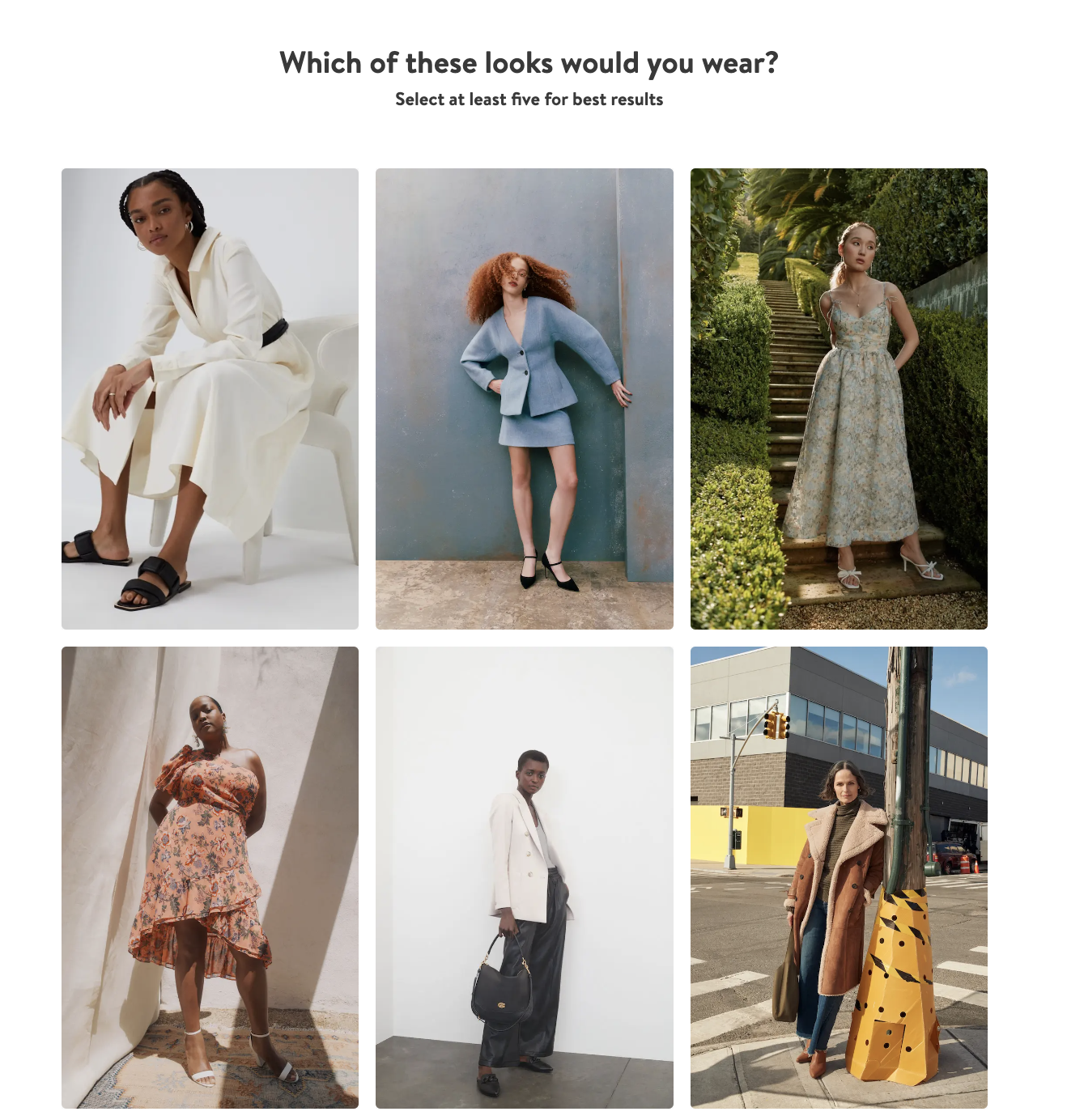Meaningful personalization: A guide to getting started

Personalization is a winning marketing strategy, so long as you activate user data the right way.
Today, consumers expect personalization, even if they take it for granted. A recent McKinsey research report reveals 71 percent of consumers expect companies to deliver personalized experiences, with 80 percent of consumers stating they are more likely to purchase if the company offers a personalized experience.
Personalization is a great way to capture attention and build loyalty. However, as a tactic, it’s data-driven, and when executed without a sound approach, it can miss the mark. It’s crucial to find ways to humanize the data that you’ve collected.
To get started, it is important to understand today’s personalization landscape. Essentially, there are three primary ways to tailor your user experience:
- Input: The user’s stated needs based on direct feedback or responses
- Intent: The user’s unspoken needs based on their behavior
- Context: The user’s characteristics and context
Here’s a closer look at all three, as well as some best practices to keep in mind as you set out to harness the power of personalization for your organization.
Customer input
Building a user profile with an onboarding flow or progressive information capture is the gold standard of personalization through user-provided data. With this approach, there is a clear exchange of value between the user and the brand: you get reliable information on your users, and your users get a tailored experience.
User profiles have gone mainstream, and people are more willing to provide data in exchange for personalization than ever before. According to Accenture, 83% of online shoppers were comfortable providing personal information on a website as long as it’s for their benefit and being used in responsible ways.
Today’s best-in-class onboarding flows are not only useful — they’re often educational or fun.

Nordstrom's style finder quiz asks visitors, which of these looks would you wear?
Customer intent
Compared to data that a user gives you, data based on their behavior — either on your site or online overall — can give you a richer sense of their true needs, and how you can personalize their experience. Why? Because there’s often disconnect between what people say they want and what they actually do.
Netflix and Amazon are probably the most ubiquitous examples of this kind of personalization. As Netflix’s former VP of Product Innovation, Carlos Gomez-Uribe, told Wired:
“Viewing behavior is the most important data we have…A lot of people tell us they often watch foreign movies or documentaries. But in practice, that doesn’t happen very much.”
Most companies don’t have the volume of user data that Netflix and Amazon do, but you can still make smart personalization moves — even based on one user session. What part of your site did they go to? What did they click on? Did they abandon when they saw a price? You can infer some conclusions about them, and what kind of offer or content would compel them to engage further.
However, relying on user intent signals can be riskier because you have to nail your interpretation of their behavior. For example, is a visitor on your site shopping or researching for themselves, or on behalf of someone else? Essentially, you have to consider the data’s context.

Email promos from Harvard Business Review offer deep discounts for users who have shown intent by previously engaging with their content.
Customer context
Since the passing of the General Data Protection Regulation (GDPR), organizations have had to stop relying on cookies and third-party data to maintain consumer trust. Instead, brands are applying machine learning-powered personalization engines such as Optimizely, Salesforce Interaction Studio, and Dynamic Yield to understand the contextual landscape users are navigating in. These engines can build customer data profiles by gathering information such as:
- First-party data that the user provides such as profile data and transaction history
- Topics and phrases expressed
- Keyword history
- Media channels consumed
- Demographic data
- Similar customers
- Viewing history
- Referring URL
- Device type (desktop, mobile, smartwatch, etc.)
- Seasonal trends
These tools continuously self-learn to deliver more and more relevant results to personalize your user’s experience, depending on your business and your objectives. The key here is to zero in on what information is most meaningful in terms of your buyer, and influencing their behavior.
Best Practices
It's an exciting time for marketing and personalization. Here are 5 key considerations for powerful personalization:
1. Establish your strategy. Identify who you’re personalizing for, where in their journey personalization could be most impactful, what part of the experience you’re personalizing — and why. What do you hope to learn and achieve? What will the user gain?
2. Select your tools. Whether you’re working with customer input, intent, or context, there are many vendors out there that provide personalization engines for your site, as well as real-time reporting and recommendations. Be sure that the toolset offers what you need to execute on your strategy.
3. Ace your data. In addition to the metrics you’ll be using to inform your users’ personalized experiences, you’ll need to measure how personalization is working for you. Make sure your basic analytics are set up right, such as how you are measuring conversion.
4. Measure twice, cut once. You don’t want to pigeonhole people too early in the experience. And regardless of which approach you take, you’ll want to provide transparency and give users control over their personalized experience (e.g., cookie consent tools). This not only helps you to avoid making mistakes, but also helps foster trust between your users and your brand.
5. Trust your gut. Remember that personalization is, at its core, just plain good service. It’s the shopkeeper who remembers your kids’ names, or the bartender who remembers your drink. It can leave you with a smile for the rest of the day, and make you a loyal customer for life. Your data and tools are essential to implementing personalization, but creating a more human, empathetic experience for your users is the key to getting it right.
If you or your company are looking for a strategic agency that designs, builds, and markets digital products and experiences that people love, get in touch today.


